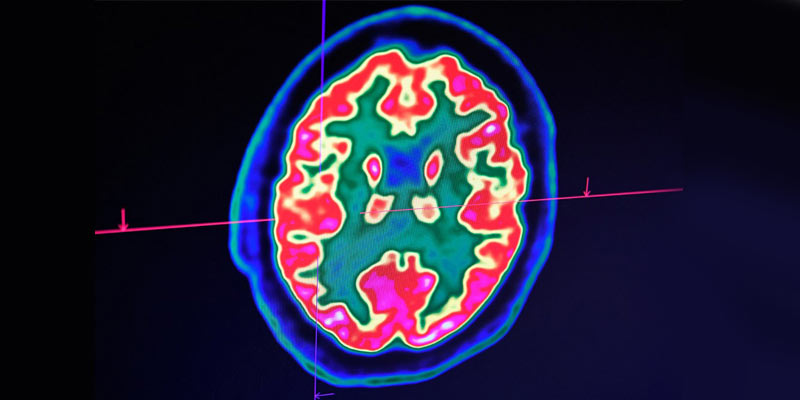- World
- Feb 17
- Sreesha V.M
Study discovers new brain cells that help to remember objects
• Researchers have discovered a new type of brain cell that plays a central role in our ability to remember and recognise objects.
• Called ‘ovoid cells’, these highly-specialised neurons activate each time we encounter something new, triggering a process that stores those objects in memory and allowing us to recognise them later.
• These cells, found in the hippocampus of humans, mice, and other mammals, are essential for the formation and retention of long-term memories.
• Scientists at University of British Columbia’s (UBC) faculty of medicine have provided new insights into how the brain processes and stores object-related memories. The discovery was published in the journal Nature Communications.
How was the study conducted?
• The hippocampus, a brain region critical for spatial navigation and memory, has been richly studied for understanding how neuronal activity can represent features of the external and internal world.
• Classically, pyramidal cells of the hippocampus are viewed as flexibly representing spatial and non-spatial information.
• Named for the distinct egg-like shape of their cell body, ovoid cells are present in relatively small numbers within the hippocampus of humans, mice and other animals.
• Adrienne Kinman, a PhD student and the study’s lead author, discovered the cells’ unique properties while analysing a mouse brain sample, when she noticed a small cluster of neurons with highly distinctive gene expression.
• To understand the role ovoid cells play, scientists manipulated the cells in mice so they would glow when active inside the brain. The team then used a miniature single-photon microscope to observe the cells as the mice interacted with their environment.
• The ovoid cells lit up when the mice encountered an unfamiliar object, but as they grew used to it, the cells stopped responding. In other words, the cells had done their jobs: the mice now remembered the objects.
• Knowing if an object is familiar or new can determine everything from survival to day-to-day functioning, and has huge implications for memory-related diseases and disorders.
New insights for Alzheimer’s disease, epilepsy
• Scientists believe that dysfunction in ovoid cells may contribute to memory-related disorders such as:
i) Alzheimer’s disease – affecting object recognition and memory recall.
ii) Autism Spectrum Disorder – potentially influencing sensory processing and memory functions.
iii) Epilepsy – possibly playing a role in abnormal neuronal activity and seizures.
• The team’s hypothesis is that when the cells become dysregulated, either too active or not active enough, they could be driving the symptoms of conditions like Alzheimer’s disease and epilepsy.
• From a fundamental neuroscience perspective, it really transforms our understanding of how memory works.
• It opens the door to the idea that there may be other undiscovered neuron types within the brain, each with specialised roles in learning, memory and cognition. That creates a world of possibilities that would completely reshape how we approach and treat brain health and disease.
(The author is a trainer for Civil Services aspirants.)

